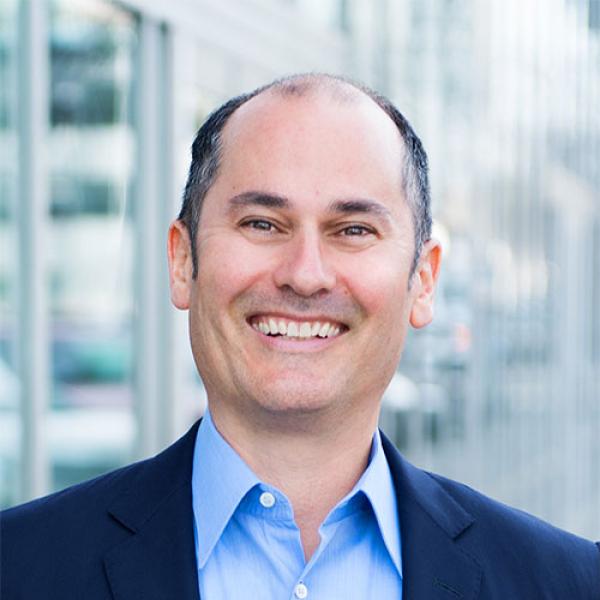Image

My first time I had to open a treatment door by myself, walk in and treat a patient I was so nervous I was shaking and I felt like a total fraud. “What did I know?” “What possible benefit could I provide to this other human being waiting on the other side of the door?” “Who was this other person, what would they think about me?” All these thoughts were racing through my head. So I did what I had to and I faked it! I pretended I thought I knew what I was doing even though I was convinced I didn’t know anything. I acted with confidence. I pretended that I believed that what I was suggesting the patient do would help even though I had no idea of whether I’d be successful or not. As I acted in this confident way that was contrary to how I felt the feeling of insecurity vanished. It turned out that first new patient, a stranger to me, was nice, interested in what I had to say, they had confidence in me (which I thought had no foundation whatsoever) and so my career was launched in a rickety, awkward way.
Now when I open that treatment door, after treating thousands of patients and training hundreds of doctors I’m confident. I realize now that it’s ok to not know everything and to be honest with the patient about what I’ve seen and done in the past with other patients. The confidence is real because it’s based on my personal experience.
Confidence in the patient communication context often means faking it because in all honesty we’re not sure how well things are going to go. Maybe confidence itself is remaining confident when you’re not confident, having a sense of purpose and knowing things will work out even when you’re not sure of what the final outcome will be. I built my confidence in my first five years of practice 100% on the backs of my teachers. I’d watch Dr. Frieder design and implement a clinical nutrition program with an autoimmune case, observe the patient return in a month much improved and think, “OK, I can do that,” worked for his patient, should work for mine. Eventually I realized that most of what Frieder did worked and I just became confident in everything he recommended and in turn that allowed me to be confident in everything I recommended, even though I didn’t have his depth of experience yet. I just mimicked him until I got it.
When I met Dr. Bill Timmins, I thought, ok, here’s an old guy, been practicing for decades doing these functional medicine labs, he must know what he’s doing. So I just copied him. Lab for lab, B6 milligram for B6 milligram I did what Dr. Timmins did, confident in HIS skills and that what he did would work with my patients. Eventually the transference process was complete and by year five of practice I had confidence in myself because I’d had so many hundreds of success stories. I finally not only believed in function medicine but I had experience in functional medicine, based on my own successful cases. Since that point confidence has never been an issue.
Part of why I spend so much time now teaching is to lead by example and show doctors coming into the area of functional medicine that this stuff really works better than you could imagine and it’s not that hard to figure out how to do it if you have someone good to copy.

